WITLife is a periodic series written by professional Writer/Interpreter/Translator Stacy Smith (Kumamoto-ken, 2000-03). She starts her day by watching Fujisankei’s newscast in Japanese, and here she shares some of the interesting tidbits and trends together with her own observations.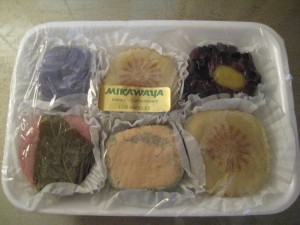
Nice to be back in chilly New York, but a bit of an adjustment after the final stop on my business trip last week being balmy LA. I always love going to this southern California destination for the chance to visit Little Tokyo! Besides great cultural institutions such as the Japanese American National Museum and the Geffen MOCA, it has delicious mochi flavors that I am yet to find here in the city. My first two stops when in town are always the sweet shops carrying these creations, Mikawaya in the Japanese village and Fugetsu-do on the main drag.
The more expansive Mikawaya carries a greater selection of mochi, including Read More
WIT Life #72: Base blues
WITLife is a periodic series written by professional Writer/Interpreter/Translator Stacy Smith (Kumamoto-ken, 2000-03). She starts her day by watching Fujisankei’s newscast in Japanese, and here she shares some of the interesting tidbits and trends together with her own observations.
Quick follow-up to my last post re. the Okinawa base debate. An editorial in yesterday’s NYT discusses the importance of a meeting that will take place this week between the Obama administration and two visiting Japanese senior officials. The article urges both countries to not let this contentious issue get in the way of their valuable alliance. It will be interesting to see what emerges from these security talks.
Also check out Roger Cohen’s editorial in today’s Times which talks about the imagined results of a future America (circa 2040) that has withdrawn from world affairs (or been supplanted by China in this role). He discusses the frightening ramifications in regard to Japan and the Asian region in the middle of the article. Happy reading!
WIT Life #71: 日米関係?日中関係?どちらを優先するか?
**************************
WITLife is a periodic series written by professional Writer/Interpreter/Translator Stacy Smith (Kumamoto-ken, 2000-03). She starts her day by watching Fujisankei’s newscast in Japanese, and here she shares some of the interesting tidbits and trends together with her own observations.
This Sunday’s Times carried an interesting article about the shifting nature of the respective relationships between Japan and the US (日米関係 (Nichibei kankei)) and Japan and China (日中関係 (Nicchuu kankei)), and the seeming diplomatic displacement of the former by the latter. As an example, it discusses the tension regarding the Futenma U.S. Marine base issue when Defense Secretary Robert M. Gates went to Japan last fall, in contrast to the red carpet treatment that a Japanese delegation to China received two months later. It is said that within the current government there is frustration with the U.S.’s “occupation mentality,” the Obama administration’s high-handed attitude in the heated dispute over the relocation of this base.
Not only are there ripples in the formerly smooth-sailing Japan-U.S. relationship, but there is a Read More
WIT Life #70: Japan/America friendship dolls
WITLife is a periodic series written by professional Writer/Interpreter/Translator Stacy Smith (Kumamoto-ken, 2000-03). She starts her day by watching Fujisankei’s newscast in Japanese, and here she shares some of the interesting tidbits and trends together with her own observations.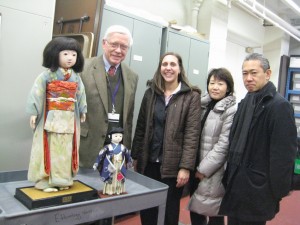
My travels currently bring me to Rochester, NY, and this morning at the local museum and science center I encountered an unexpected aspect of grassroots exchange between Japan and America. My Japanese guests and I met with Mr. George McIntosh, Director of Collections, and headed down into the vault to get a closer look at the Japanese Ambassador Doll housed there. Her name is Tamako and she hails from Nagasaki Prefecture, and she was part of a gift from Japan in return for nearly 13,000 friendship dolls sent over in early 1927 by the Committee on World Friendship Among Children. 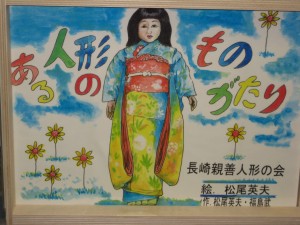
This committee was formed by Dr. Sidney Gulick in 1926 as a reaction to restrictive American Read More
WIT Life #69: Mainstream moe
WITLife is a periodic series written by professional Writer/Interpreter/Translator Stacy Smith (Kumamoto-ken, 2000-03). She starts her day by watching Fujisankei’s newscast in Japanese, and here she shares some of the interesting tidbits and trends together with her own observations.
Interesting intersection of American pop culture and Japanese culture on two back-to-back episodes of 30 Rock last night. In the first one, James Franco (who manages to be amazing in everything he does) playing himself talks of his knowledge of “moe” before whipping out his very own body pillow girlfriend Kimiko. In a later scene the morning after he and Liz spend the night together, they both emerge in their pajamas, him holding Kimiko. This strange threesome freaks out Liz’s cousin who is staying at her place.
In the next episode, Frank refers to a high frequency sound used in Japan to chase away kids loitering in front of conbini, and then uses it on Jenna. I have never heard of this tactic being employed in Japan, anyone else?
WIT Life #68: The Role of Rice in Japan
WITLife is a periodic series written by professional Translator/Interpreter/Writer Stacy Smith (Kumamoto-ken, 2000-03). Recently she’s been watching Fujisankei’s newscast in Japanese and sharing some of the interesting tidbits and trends together with her own observations.
I recently came across this article from the end of last year in the Economist that discusses how deeply rice is embedded in Japanese society. Some aspects like the designation of Emperor Akihito as Japan’s “rice-farmer-in-chief” are humorous, and the in-depth look at the history of this crop that is so central to Japanese culture is fascinating. The author’s description of a rice-producing area of Niigata suffering from a rural exodus is vividly drawn, and interviews with some of the residents are eye opening. While reading the article I kept flashing back to my experience of doing Read More
WIT Life #67: Hard power
WITLife is a periodic series written by professional Translator/Interpreter/Writer Stacy Smith (Kumamoto-ken, 2000-03). Recently she’s been watching Fujisankei’s newscast in Japanese and sharing some of the interesting tidbits and trends together with her  own observations.
own observations.
Today’s NYT features an interesting editorial from Joseph Nye about the Okinawa base location issue threatening this year’s 50th anniversary of the US-Japan Security Treaty. This Harvard professor and former assistant secretary of defense coined the term “soft power,” but his article focuses on how he believes our hard power should be used in regard to this matter. Basically he is urging us to not throw the baby away with the bath water, and advocates a more patient and strategic approach in order to prevent “a second-order issue [from threatening] our long-term strategy for East Asia.” PM Hatoyama (who Nye describes as being “caught in a vice”) wants to push off resolving this issue until May, but we’ll see what the new year (decade!) brings.
In weather news, we are experiencing quite a cold winter and Read More
WIT LIfe #66: 明けましておめでとうございます!
WITLife is a periodic series written by professional Translator/Interpreter/Writer Stacy Smith (Kumamoto-ken, 2000-03). Recently she’s been watching Fujisankei’s newscast in Japanese and sharing some of the interesting tidbits and trends together with her own observations.
アケオメ! I hope everyone had a super New Year’s celebration and that you are ready for 2010, aka the Year of the Tiger (toradoshi). Yesterday I had the chance to have some belated osechi ryouri and it was well worth the wait! Tsukiji Fish Market in Tokyo kicked off the new year with its first auction where appropriately enough torafugu (tiger blowfish) was being sold at prices of 10,000 yen each, cheaper than usual. Maguro (tuna), on the other hand, sold for almost 16.3 million yen (about $177,000) to a Hong Kong customer known as the “Sushi King.”
In other Tokyo news, an interesting article in the Wall Street Journal last week portrayed Read More
WITLife is a periodic series written by professional Translator/Interpreter/Writer Stacy Smith (Kumamoto-ken, 2000-03). Recently she’s been watching Fujisankei’s newscast in Japanese and sharing some of the interesting tidbits and trends together with her own observations.
own observations.
福袋 (or fukubukuro) are an essential part of the Japanese New Year’s celebration. These are grab bags (literally translated as “lucky bag”) given out at department stores that contain merchandise worth much more than what you pay for the bag itself. However, there is a bit of chance involved as some deals are better than others. Here are some new fukubukuro available through the end of 2009 that reflect political and social trends from the past year.
One is the Takashimaya 友愛 (yuai) fukubukuro playing off of Prime Minister Hatoyama’s fraternity theme. In this case the yuai refers to Read More
WITLife is a periodic series written by professional Translator/Interpreter/Writer Stacy Smith (Kumamoto-ken, 2000-03). Recently she’s been watching Fujisankei’s newscast in Japanese and sharing some of the interesting tidbits and trends together with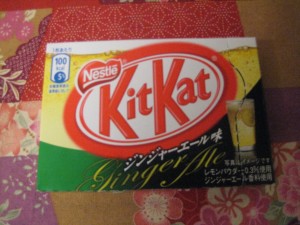 her own observations.
her own observations.
One of my favorite things about Japan is the constant changing of flavors, often in accordance with the seasons. I love just wandering through conbini to see what new tastes have popped up for my favorite snacks/drinks. One product over there I follow religiously is Kit Kats, as you can often get flavors that are not available here in the States. This is why I was thrilled to receive an omiyage of ginger ale Kit Kats from a friend who had recently traveled to Japan.
Next to the customary phrase, “Have a break, have a Kit Kat” was a glass of ginger ale with lemon in it. With use of .3% lemon powder and ginger ale flavor, it promised to be something new. The aroma was Read More
WIT Life #62: Otaku analysis
WITLife is a periodic series written by professional Translator/Interpreter/Writer Stacy Smith (Kumamoto-ken, 2000-03). Recently she’s been watching Fujisankei’s newscast in Japanese and sharing some of the interesting tidbits and trends together with h er own observations.
er own observations.
Thanks to Rochelle Kopp at Japan Intercultural Consulting, I was alerted to an article posted to the website Boing Boing by Lisa Katayama, writer and commentator on modern Japanese society. In a previous post this summer, I had discussed Katayama’s New York Times magazine article about the subcategory of otaku men and women who indulge in real relationships with imaginary characters. This time around she focuses on not taking the weirdness of Japan too seriously. As an example, she cites the strange story last month of a Japanese man wedding an anime game character which received much attention.
This morning I was surprised to find the topic of otaku also taken up by Read More
WIT Life #61: 今年の漢字
WITLife is a periodic series written by professional Translator/Interpreter/Writer Stacy Smith (Kumamoto-ken, 2000-03). Recently she’s been watching Fujisankei’s newscast in Japanese and sharing some of the interesting tidbits and trends together with her own observations.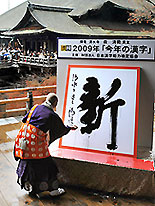
Yesterday at Kyoto’s Kiyomizu Temple the official announcement of 今年の漢字 (kotoshi no kanji), or the Kanji of the Year, took place. This is an annual contest run by the Japanese Kanji Proficiency Society that had a record number of applications from all over the country this year, 161,365. Coming off of last yea r’s
r’s
 selection of 変 (hen) or change, this year’s winner by 14,093 ballots was 新 (shin) or new. Among the reasons why this character was picked were the new political administration and the new strain of the flu.
selection of 変 (hen) or change, this year’s winner by 14,093 ballots was 新 (shin) or new. Among the reasons why this character was picked were the new political administration and the new strain of the flu.
This morning’s news interviewed both young and seasoned prominent political figures regarding what their picks would have been. One was Read More
WIT Life #59: Winter culinary trends
WITLife is a periodic series written by professional Translator/Interpreter/Writer Stacy Smith (Kumamoto-ken, 2000-03). Recently she’s been watching Fujisankei’s newscast in Japanese and sharing some of the interesting tidbits and trends together with her own observations.
Believe it or not we will be greeting the new year in about a month, and today’s news took a look at what is being forecast for お正月 (oshougatsu) 2010. Similar to last year, it is expected that in light of the dismal economic climate there will be a tendency toward 巣篭り (sugomori), literally nesting or staying close to home as opposed to going abroad or visiting one’s family. Compared to last year, there has been 30% increased sales of two-person servings of osechi ryouri. According to an osechi salesperson at a department store, this goes along with Read More
WITLife is a periodic series written by professional Translator/Interpreter/Writer Stacy Smith (Kumamoto-ken, 2000-03). Recently she’s been watching Fujisankei’s newscast in Japanese and sharing some of the interesting tidbits and trends together with her own observations.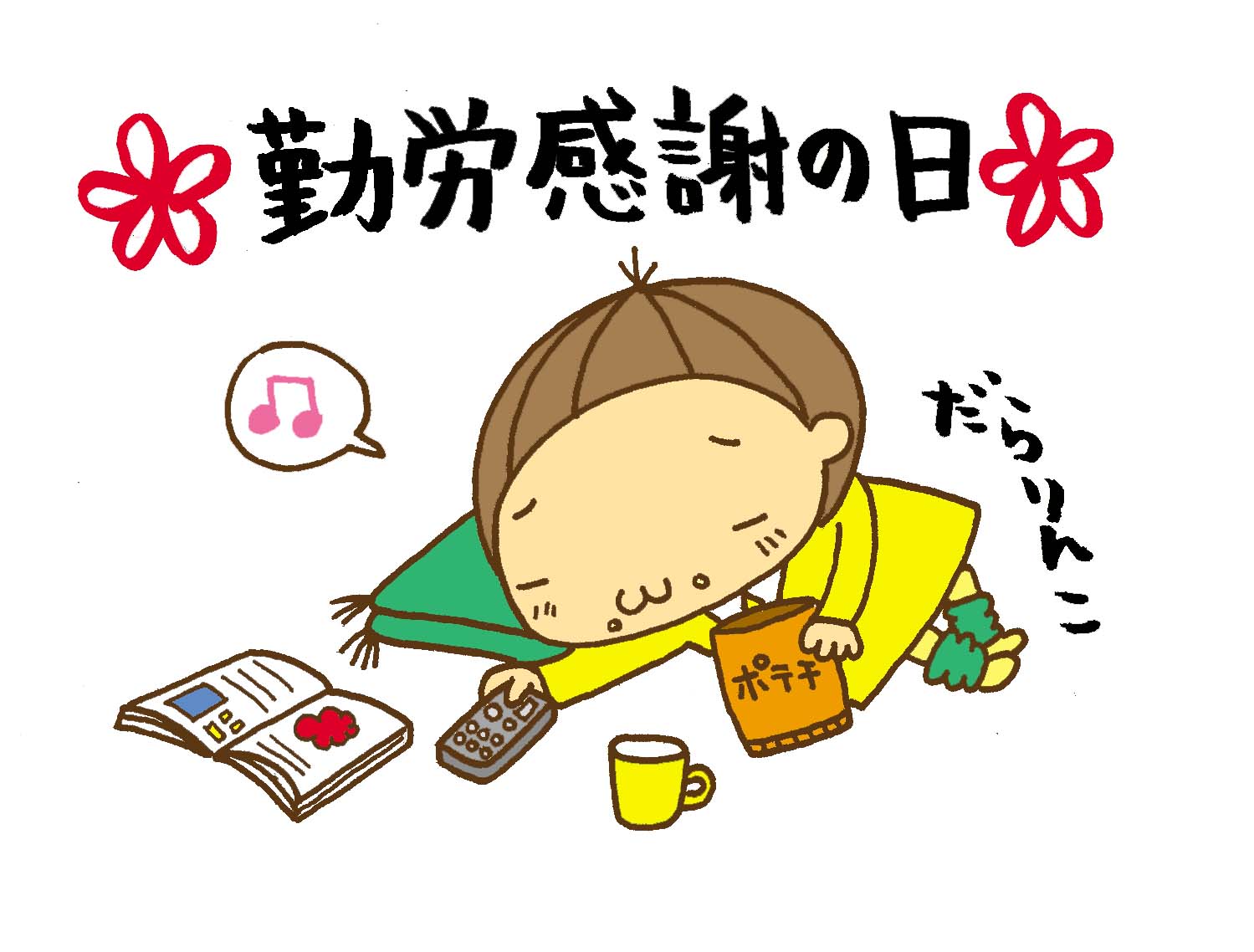
As we get ready to prepare our turkeys, stuff ourselves silly and max out on football, yesterday Japan celebrated their own day of appreciation with 勤労感謝の日(kinrou kansha no hi) or Labor Thanksgiving Day. More than anything else this gave Japanese citizens a three day weekend to relax and enjoy. The keyword for how this long weekend was spent was 「安・近・感」 (an/kin/kan), meaning “cheap, close and feeling.” The first two words are self-explanatory, and the last one refers to the experience, such as getting a sense of the season.
For Tokyoites, this meant to going to places like Read More
WIT Life #55: 侍への憧れ
WITLife is a periodic series written by professional Translator/Interpreter/Writer Stacy Smith (Kumamoto-ken, 2000-03). Recently she’s been watching Fujisankei’s newscast in Japanese and sharing some of the interesting tidbits and trends together w ith her own observations.
ith her own observations.
Last night I attended the North American premiere of Goemon, a movie portraying this titular folk hero who was known as the Robin Hood of Japan. It takes place during the Warring States period, and some prominent historical figures who appear are Oda Nobunaga, Toyotomi Hideyoshi and Tokugawa Ieyasu. It is interesting to see Eguchi Yosuke, usually seen in lighter fare such as dramas, as the title character of legendary ninja bandit Ishikawa Goemon. Hirosue Ryoko, another drama veteran, is featured in the role of Princess Chacha whom Goemon spent his early years protecting. The movie’s plot is almost entirely fictional, and displays many dazzling special effects in a CGI-enhanced fantasy setting. The director, Kiriya Kazuaki, hails from my JET hometown of Kumamoto and is the former husband of Utada Hikaru.
During the course of the film, Goemon’s attendant talks of his aspirations to become a samurai and steadily working his way up to achieve this recognition. As the title of this post (samurai e no agokare or “longing for samurai“) suggests, the appeal of samurai has not been lost in this modern day and age. Recently various media have been Read More

